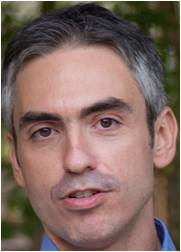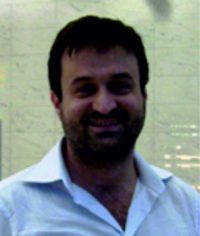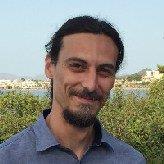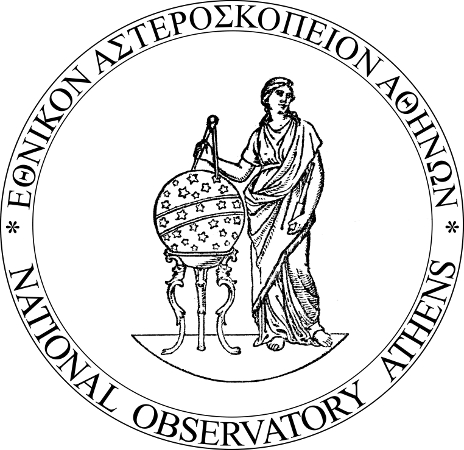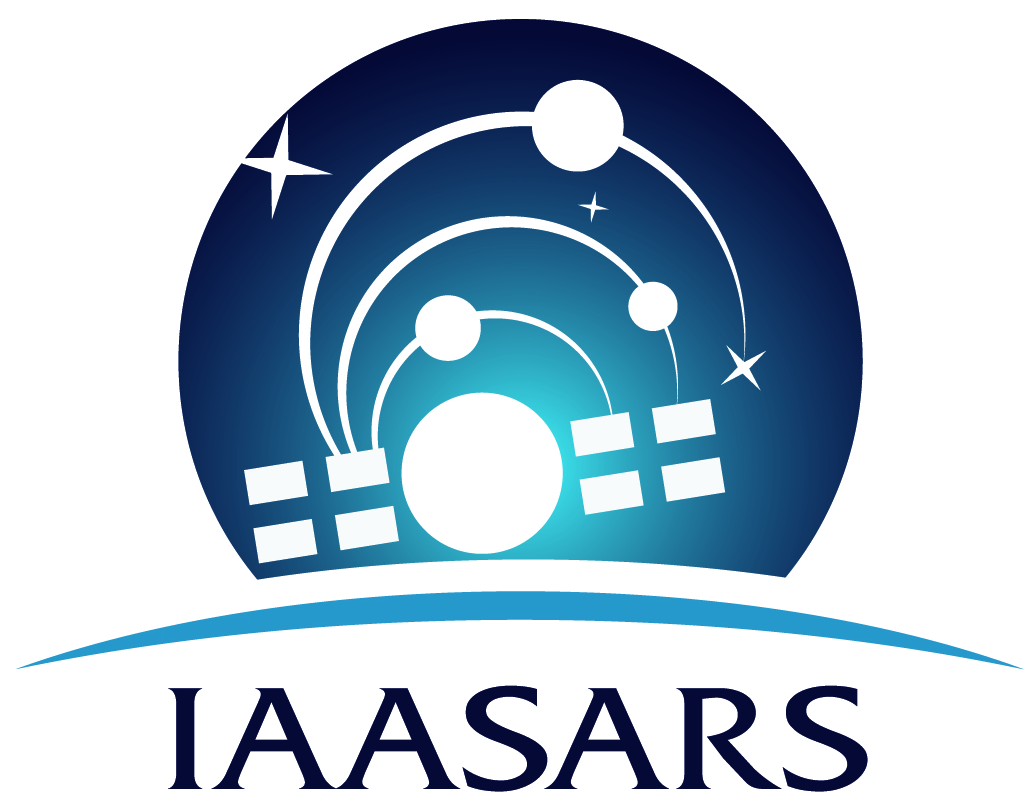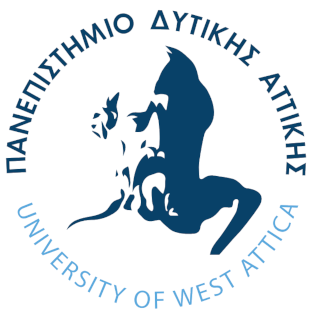NEWS
News related to the project.
-

07 May 2020
Kick-off of the project
Our research effort kicked-off !
-

01 June 2020
The website becomes accessible
The website of the project is currently accessible.
-
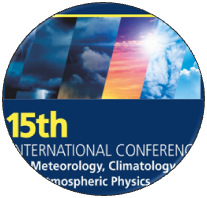
31 August 2020
Abstract submission
The abstract of the work, entitled: "Electrical Properties of Transported Dust Layers due to Atmospheric Ion Attachment to Dust Particles", was submitted today for consideration to the 15th International Conference on Meteorology, Climatology and Atmospheric Physics
-

30 September 2020
Acceptance of the abstract
The abstract of our work was accepted for presentation at the 15th International Conference on Meteorology, Climatology and Atmospheric Physics
-

05 October 2020
Progress Meeting #1 (PM1)
The first Progress Meeting of our project was held today
-

11 November 2020
Progress Meeting #2 (PM2)
The second Progress Meeting of our project was held today
-

30 November 2020
Deliverable #1 (DE1)
The first Deliverable of our project was submitted today
-

31 January 2021
Submission of the complete paper
The complete paper of our work that was accepted for presentation at the 15th International Conference on Meteorology, Climatology and Atmospheric Physics was submitted today
-

23 February 2021
Progress Meeting #3 (PM3)
The third Progress Meeting of our project was held today
-
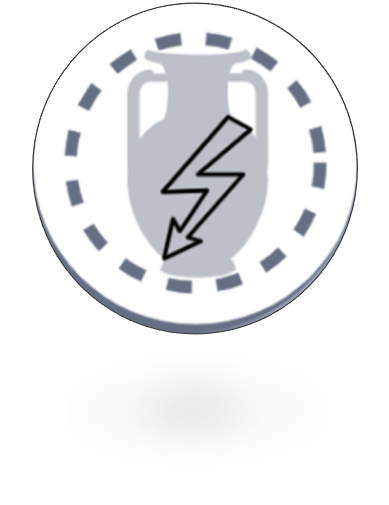
02 April 2021
Release of the verification and validation study
A verification study that constitutes milestone #2 of the activity was released today
-

14 May 2021
Progress Meeting #4 (PM4)
The fourth Progress Meeting of our project was held today
-

14 May 2021
Paper submitted
A new paper entitled: "Modeling of Spherical Dust Particle Charging due to Ion Attachment", was submitted today to a Special Issue on Atmospheric Electicity of the Frontiers journal
-

25 June 2021
Article in proceedings accepted
Our article that was submitted to the 15th International Conference on Meteorology, Climatology and Atmospheric Physics was accepted today
-

25 July 2021
Paper accepted
Our paper entitled: "Modeling of Spherical Dust Particle Charging due to Ion Attachment", was accepted for publication today in a Special Issue on Atmospheric Electicity of the Frontiers in Earth Science journal
-

14 September 2021
Conference Program announced
Our work was scheduled as a poster presentation in the upcoming 15th International Conference on Meteorology, Climatology and Atmospheric Physics
-

25 October 2021
Conference Program announced
Our work entitled: "Impact of GLE Events on the Earth's Atmosphere Electrical Properties and the Subsequent Effect on Dust Particles Transport", was scheduled as a poster presentation in the 17th European Space Weather Week (ESWW), 2021
-
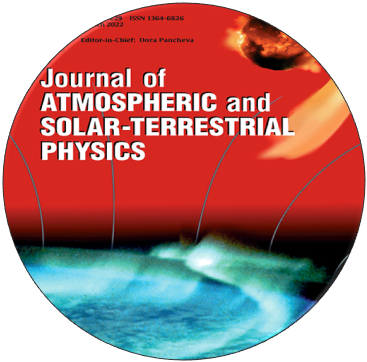
22 December 2021
Paper submitted
Our work entitled: Study of the Ground Level Enhancements Effect on Atmospheric Electric Properties and Mineral Dust Particle Charging , was submitted to the Journal of Atmospheric and Solar-Terrestrial Physics
-

06 April 2022
Paper accepted
Our work entitled: Study of the Ground Level Enhancements Effect on Atmospheric Electric Properties and Mineral Dust Particle Charging , was accepted for publication by the Journal of Atmospheric and Solar-Terrestrial Physics
